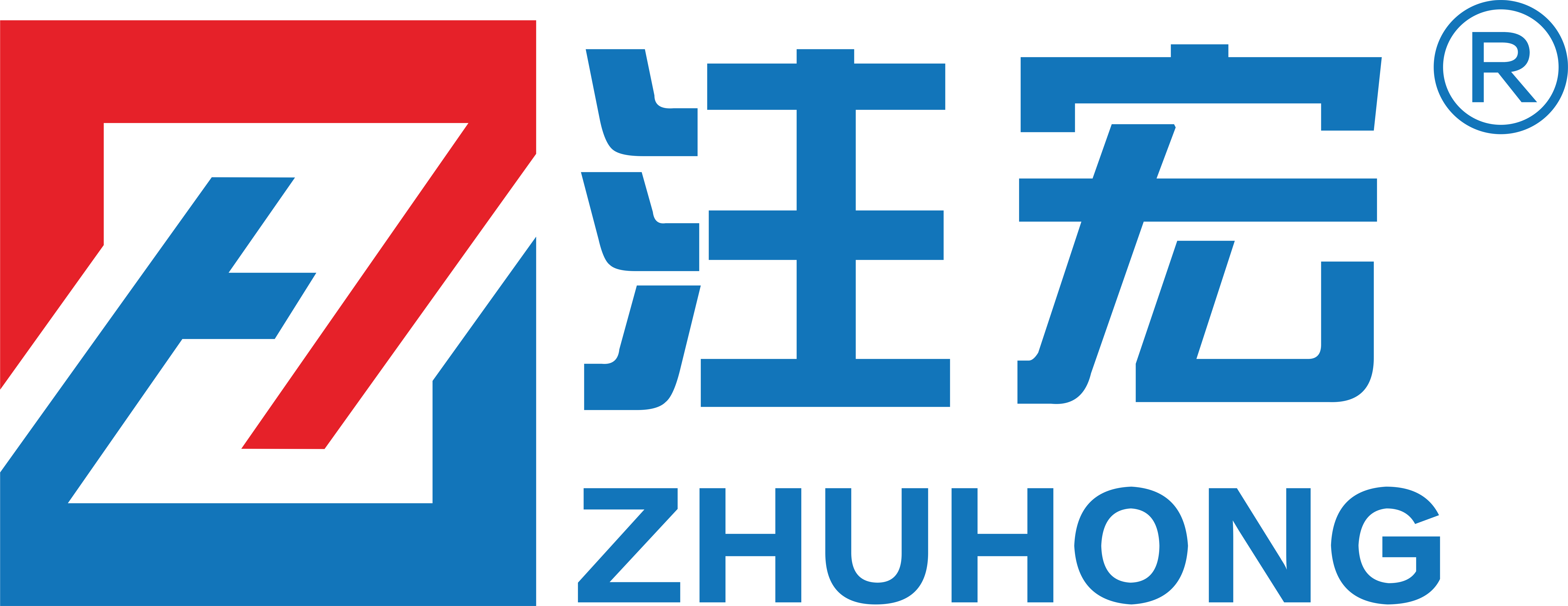
Rising Above Tariff Challenges: How China's Best Electric Motor Manufacturers Thrive
In recent years, the electric motor industry has faced significant challenges due to escalating tariffs and trade tensions between the United States and China. Despite these hurdles, data from the International Energy Agency indicates that the global electric motor market is expected to reach $175 billion by 2026, growing at a compound annual growth rate of over 6%. Chinese manufacturers, known for their innovation and resilience, are rising above tariff challenges by leveraging advanced manufacturing techniques and optimizing supply chains. Companies such as Nidec and Siemens have noted that while tariffs can impact pricing, the growing demand for energy-efficient electric motors presents a unique opportunity for market expansion. By adapting to regulatory pressures and focusing on high-quality production, China's top electric motor manufacturers continue to sustain growth, ensuring their pivotal role in both domestic and international markets.

Navigating Tariff Obstacles: Strategies Employed by China's Leading Electric Motor Producers
In the face of increasing tariff challenges, China's leading electric motor manufacturers have developed innovative strategies to navigate the complex landscape of global trade. As the auto industry undergoes rapid technological transformation alongside shifting consumer preferences and regulatory pressures, these companies have focused on enhancing their production efficiency and leveraging local supply chains to mitigate costs. By prioritizing domestic resources and fostering partnerships with local suppliers, they can reduce their reliance on imported components, ultimately positioning themselves to absorb and adapt to tariff fluctuations more effectively.
Moreover, Chinese electric motor producers are capitalizing on their extensive experience in the burgeoning electric vehicle (EV) sector. As they dominate the global market by producing nearly two-thirds of the world's EVs, these manufacturers are able to harness their expertise in battery technology and manufacturing processes to create competitive advantages. Their ability to innovate and pivot quickly in response to market demands allows them to thrive amidst potential decoupling from Western economies. In this dynamic environment, Chinese firms are not just surviving tariff obstacles; they are leveraging these challenges as opportunities for growth and expansion in a rapidly evolving industry.
Market Share of Leading Electric Motor Manufacturers in China (2023)
Innovative Approaches: How Manufacturers Adapt to Changing Trade Dynamics
In today's rapidly changing global trade environment, China's electric motor manufacturers are proving their resilience through innovative approaches to tariffs and trade dynamics. By embracing advanced technologies and optimizing production processes, these manufacturers are not only addressing the challenges posed by tariffs but are also positioning themselves as leaders in the industry. Many are investing heavily in automation and smart manufacturing techniques to enhance efficiency and reduce costs, allowing them to offer competitive pricing despite the burdens of external trade barriers.
Moreover, collaboration and strategic partnerships have become vital for navigating the complexities of international trade. Chinese manufacturers are increasingly working together with suppliers and logistics companies to streamline their supply chains and minimize the impact of tariffs. By diversifying their markets and exploring new export opportunities, these companies are successfully mitigating risks and finding profitable avenues for growth. This proactive adaptation not only strengthens their market positions but also fosters innovation, pushing the entire electric motor sector towards new frontiers of excellence.

Leveraging Technology: The Role of Advanced Manufacturing in Overcoming Trade Barriers
In an era where trade tensions and tariffs pose significant challenges, China's leading electric motor manufacturers are turning to advanced manufacturing technologies to secure their competitive edge. By adopting state-of-the-art production techniques, these companies not only optimize efficiency but also enhance product quality, ensuring they meet both domestic and international standards. This proactive approach allows them to navigate through trade barriers that could hamper their growth.
To thrive in this competitive landscape, manufacturers can implement several strategies. First, investing in automation and smart manufacturing technologies can drastically reduce production costs while increasing output consistency. Additionally, leveraging data analytics in the production process enables companies to identify and address inefficiencies promptly.
Another key aspect is fostering strong partnerships with technology providers. By collaborating with innovators in the field, manufacturers can access cutting-edge technologies and insights that drive improvement. Engaging in continuous research and development is also crucial, as it ensures that these companies remain at the forefront of industry advancements, enabling them to adapt swiftly to any changes in the trade environment.
Market Diversification: Expanding Reach Beyond the US for Sustainable Growth
In the context of rising tariff challenges, China's leading electric motor manufacturers are strategically expanding their market reach beyond the U.S. to ensure sustainable growth. This diversification strategy is increasingly crucial as trade tensions escalate, exemplified by the recent U.S. tariffs on Chinese goods, which have reached up to 104%. In light of this, manufacturers are exploring new markets in regions like Southeast Asia, Europe, and Africa, tapping into the growing demand for electric motors driven by industrial automation and renewable energy initiatives.
According to a recent report by a major financial institution, global economic dynamics are shifting, providing opportunities for companies that embrace market diversification. The report underscores that the Asian markets have seen significant foreign investment, with billions flowing into stocks from the region since the start of the year. Chinese electric motor manufacturers are leveraging this trend to establish footholds in emerging markets, reducing their dependency on traditional markets like the U.S. and enhancing their resilience against tariff impacts. By broadening their market base, these manufacturers not only mitigate risks but also position themselves for long-term growth in a changing global landscape.
Rising Above Tariff Challenges: How China's Best Electric Motor Manufacturers Thrive
| Manufacturer | Annual Revenue (USD) | Market Diversification Strategy | Key Markets | Growth Rate (%) |
|---|---|---|---|---|
| Company A | $500 Million | Focus on ASEAN and EU markets | Vietnam, Germany, France | 15% |
| Company B | $750 Million | Increasing exports to Latin America | Brazil, Argentina, Chile | 20% |
| Company C | $600 Million | Partnerships with local distributors | India, Russia, UAE | 10% |
| Company D | $850 Million | Developing green technology solutions | Canada, Australia, South Africa | 25% |
Collaboration and Partnerships: Building Alliances to Strengthen Market Position
In the face of tariff challenges, China's leading electric motor manufacturers are finding innovative ways to strengthen their market positions through collaboration and strategic partnerships. By embracing alliances with local and international companies, these manufacturers can pool resources, share expertise, and tap into new markets. This cooperative approach not only enhances production efficiency but also fosters the development of cutting-edge technologies that keep them ahead of the competition.
Furthermore, partnerships with research institutions and universities play a crucial role in driving innovation. By leveraging academic insights and fostering an environment of continual learning, companies can stay at the forefront of electric motor advancements. Collaborative efforts in research and development allow for the optimization of product designs, resulting in higher efficiency and sustainability—key factors in today’s eco-conscious market. As these manufacturers work together to navigate tariffs and market fluctuations, they not only bolster their competitive edge but also contribute to the overall growth of the electric motor industry in China.

-

Phone
Phone

0086-13586199782
-

E-mail
-

Whatsapp
-

Wechat
Wechat

-

Top
